Mission Design Jobs in the Video Game Industry: The Ultimate Quick Guide
Introduction
The video game industry is home to a plethora of roles and job titles, each crucial in creating the immersive experiences players love. One such role is that of a mission designer, responsible for crafting the narrative-driven, interactive challenges that engage players and propel a game's story forward. In this article, we'll dive into the world of mission design, explore the skills and education needed, and discuss the job opportunities you can find on our platform.
What is Mission Design?
Mission design is the process of creating story-driven objectives and challenges that form the backbone of a video game's narrative. Mission designers work closely with narrative designers, level designers, and gameplay programmers to develop engaging, immersive, and memorable missions that keep players hooked on the game's story and world.
Mission designers are responsible for creating mission concepts, scripting mission events, designing mission flow, and ensuring that missions are balanced and enjoyable for players with varying skill levels. They must also take into account game mechanics, AI behavior, and level layouts while designing missions.
Skills and Education Required for Mission Designers
Aspiring mission designers should possess a unique blend of creative, technical, and interpersonal skills to excel in the field. Some essential skills and qualifications include:
Storytelling and Narrative Design: A strong understanding of storytelling and narrative design is crucial for mission designers, as their primary responsibility is to create engaging missions that propel a game's story forward.
Level Design: A background in level design is beneficial, as mission designers often work closely with level designers to ensure that missions are seamlessly integrated into the game world.
Scripting and Programming: Knowledge of scripting languages such as Lua or Python, as well as familiarity with game engines like Unity or Unreal Engine, can be advantageous for mission designers. This allows them to implement mission logic and events within the game engine.
Communication and Collaboration: Mission designers work closely with various teams, making strong communication and collaboration skills essential for effectively conveying ideas and working in harmony with other disciplines.
Education: While a formal education in game design or a related field can be helpful, many mission designers have diverse educational backgrounds. What matters most is a strong portfolio showcasing your mission design skills and experience working on game projects.
Job Opportunities for Mission Designers
Mission designers can find job opportunities at various types of organizations within the gaming industry, such as:
Game Development Studios: Many mission designers work at game development studios, collaborating with other disciplines to create engaging missions for a wide range of game genres.
Freelance and Contract Work: Some mission designers work as freelancers or contractors, taking on projects with multiple clients and working from home or remote locations.
Educational Institutions: With the growth of game design programs at colleges and universities, there is an increasing demand for experienced mission designers to teach and mentor the next generation of game developers.
Finding Mission Design Jobs
As with any job in the gaming industry, networking and job search resources are crucial for finding mission design opportunities. Some strategies include:
Networking: Attend industry events, conferences, and meetups to connect with professionals in the field and learn about potential job openings.
Online Job Boards: Keep an eye on popular job boards in the gaming industry, such as Hitmarker (of course), for mission design job postings.
Company Websites: Monitor the careers sections of game development studios' websites, as they often post job openings for mission designers.
LinkedIn: Ensure your LinkedIn profile is up to date, highlighting your mission design skills and experience in the gaming industry, and actively engage with relevant groups and industry professionals on the platform.
Build a Strong Portfolio: Showcase your mission design work, personal projects, and any game jam entries in a professional, well-organized online portfolio. This will make it easier for potential employers to assess your skills and experience.
Career Growth and Advancement
As a mission designer, there are several paths available for career growth and advancement within the video game industry:
Senior Mission Designer: With experience, mission designers can move into senior roles, leading teams of designers and overseeing multiple aspects of mission design across larger projects.
Creative Director or Game Director: Some mission designers may choose to transition into creative or game director roles, overseeing the entire creative vision and design direction for a game project.
Specialization: Mission designers can also specialize in specific genres or aspects of mission design, such as narrative design, AI scripting, or open-world mission design.
Education and Training: Experienced mission designers can leverage their knowledge and expertise to teach and mentor aspiring game developers, either at educational institutions or through workshops and online courses.
Conclusion
Mission design is an essential component of the video game development process, offering creative individuals the opportunity to craft engaging, immersive experiences for players around the world. By honing your skills, building a strong portfolio, and leveraging networking and job search resources like Hitmarker, you can pursue a rewarding career as a mission designer in the thriving video game industry.
Remember to stay updated on industry trends and news, attend events and conferences, and continually expand your skillset to remain competitive in this dynamic and exciting field.
-
 Landing a Summer Internship in the Video Game Industry: The Ultimate Quick Guide
Landing a Summer Internship in the Video Game Industry: The Ultimate Quick Guide -
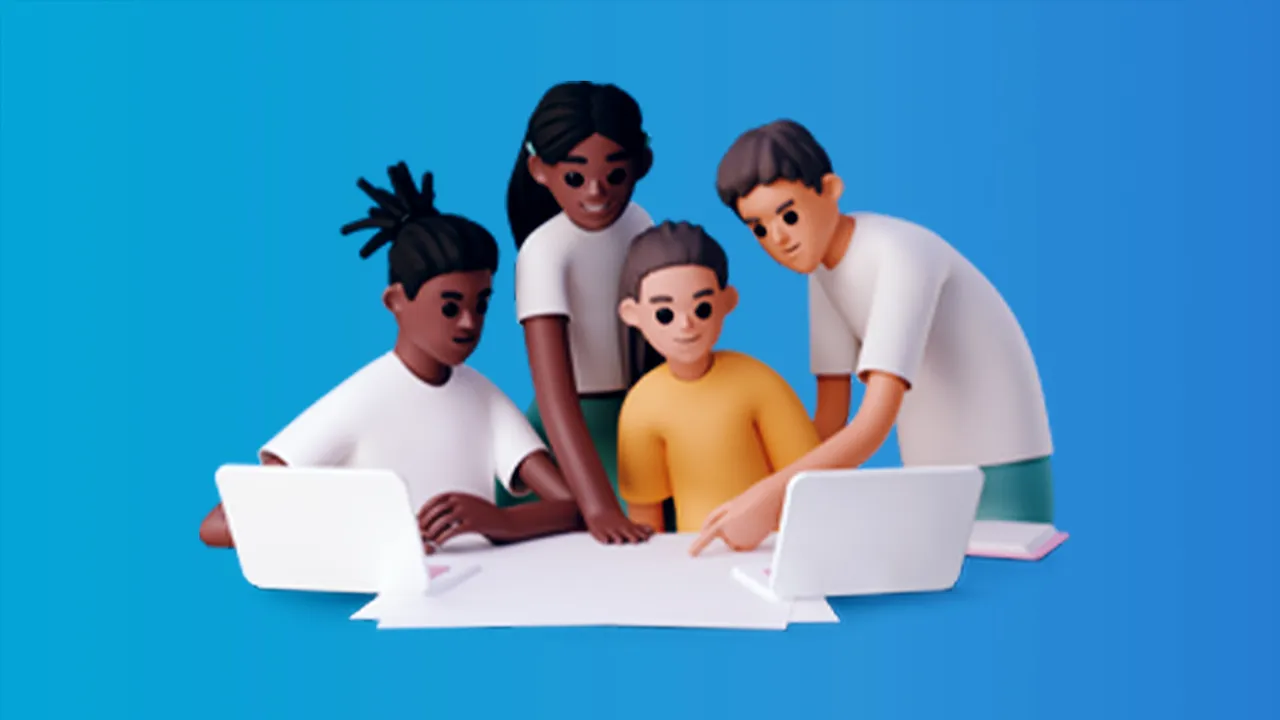 Entry-level Jobs in the Video Game Industry: The Ultimate Guide
Entry-level Jobs in the Video Game Industry: The Ultimate Guide -
 Junior-level Jobs in the Video Game Industry: The Ultimate Guide
Junior-level Jobs in the Video Game Industry: The Ultimate Guide -
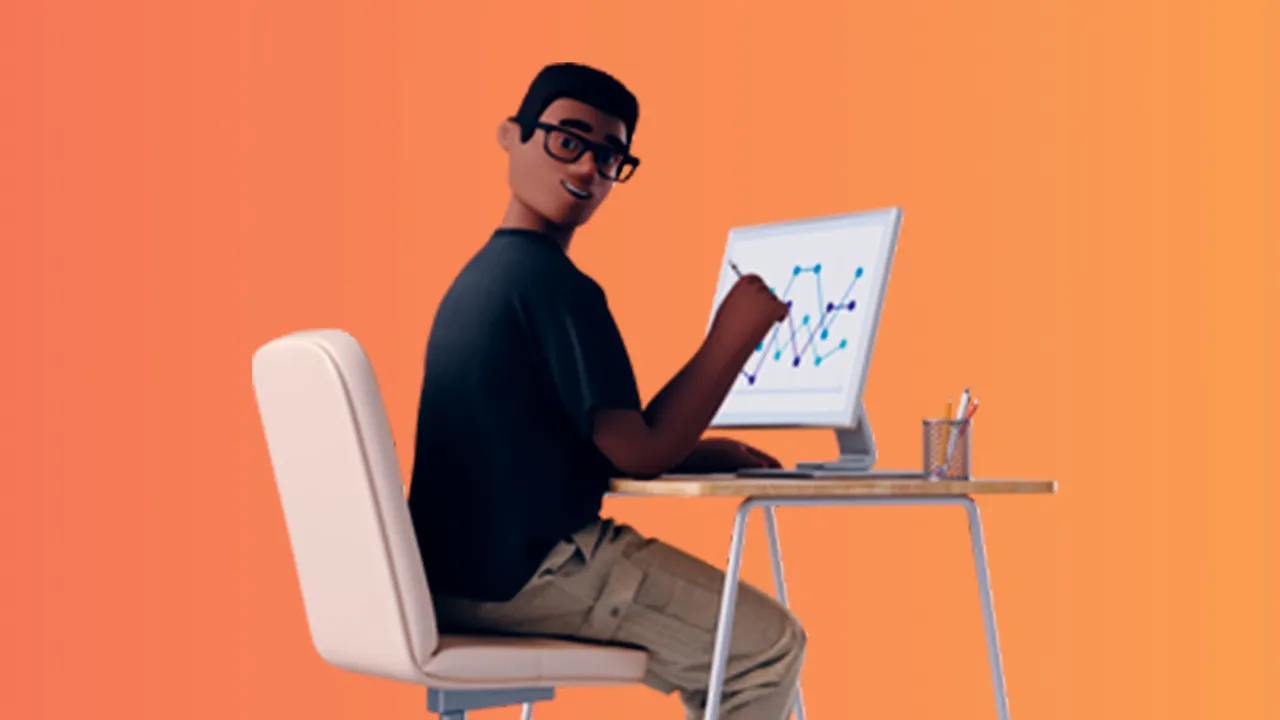 Intermediate-level Jobs in the Video Game Industry: The Ultimate Guide
Intermediate-level Jobs in the Video Game Industry: The Ultimate Guide -
 Senior-level Jobs in the Video Game Industry: The Ultimate Guide
Senior-level Jobs in the Video Game Industry: The Ultimate Guide -
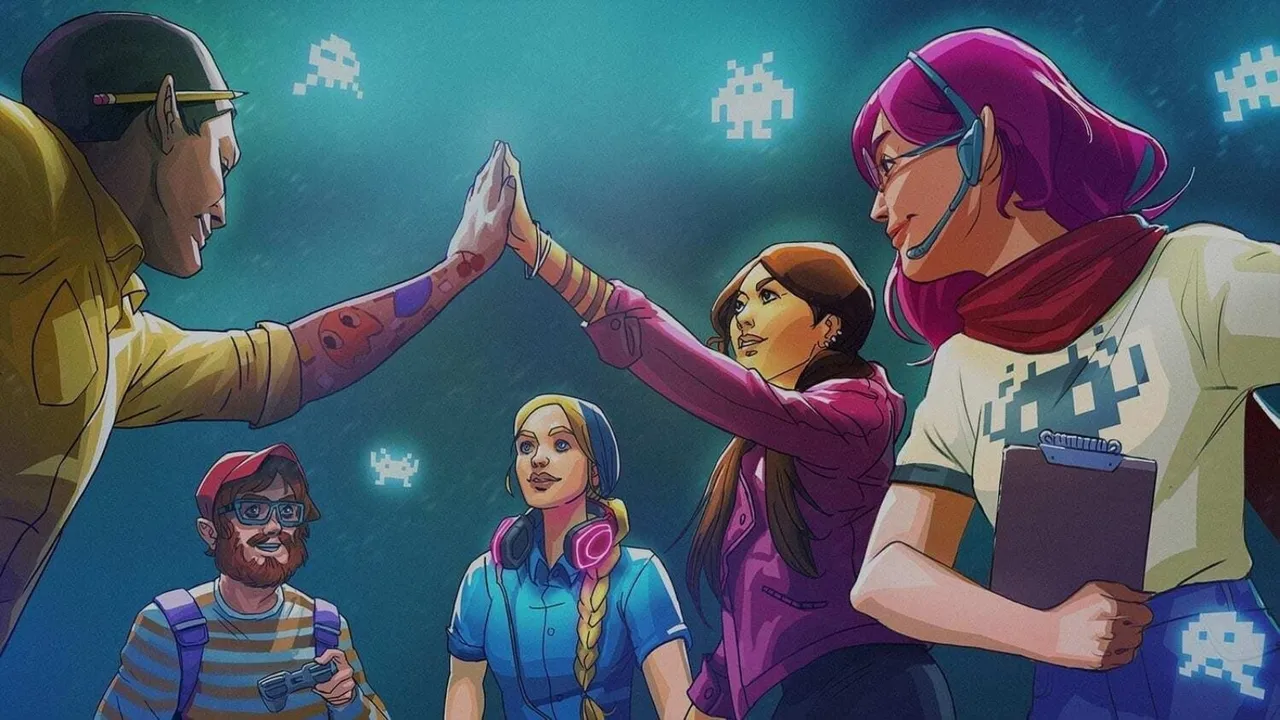 Getting into gaming: Strategies for landing your first game development job with Katherine Mould of Keywords Studios
Getting into gaming: Strategies for landing your first game development job with Katherine Mould of Keywords Studios -
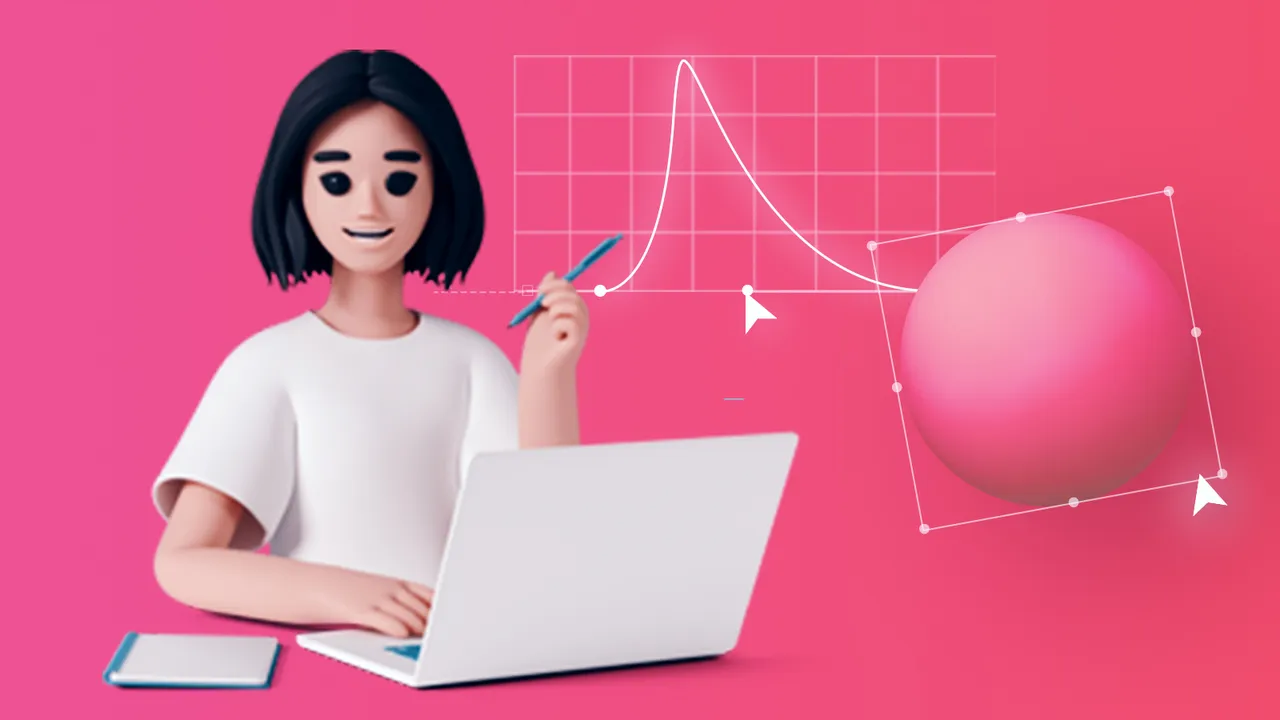 Art and Animation Jobs in the Video Game Industry: An Overview
Art and Animation Jobs in the Video Game Industry: An Overview -
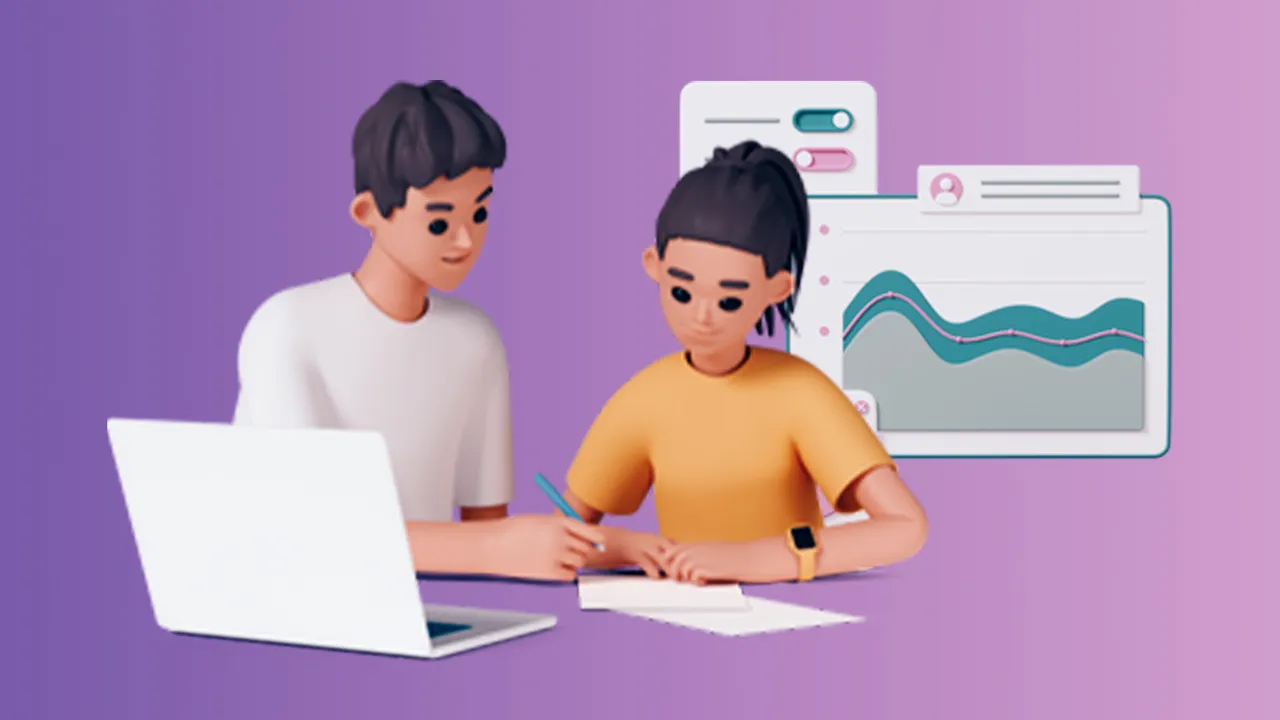 Business Operations Jobs in the Video Game Industry: An Overview
Business Operations Jobs in the Video Game Industry: An Overview -
 Communications and Marketing Jobs in the Video Game Industry: An Overview
Communications and Marketing Jobs in the Video Game Industry: An Overview -
 Content Creation Jobs in the Video Game Industry: An Overview
Content Creation Jobs in the Video Game Industry: An Overview -
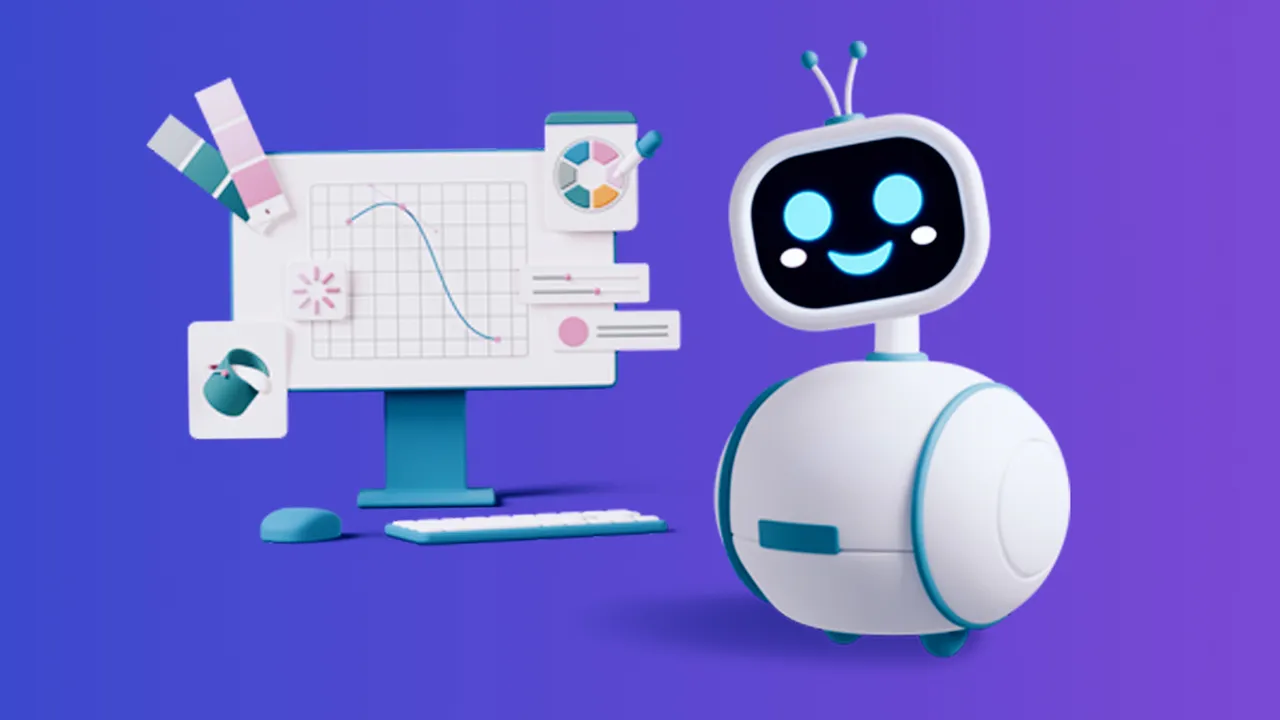 Game Design Jobs in the Video Game Industry: An Overview
Game Design Jobs in the Video Game Industry: An Overview -
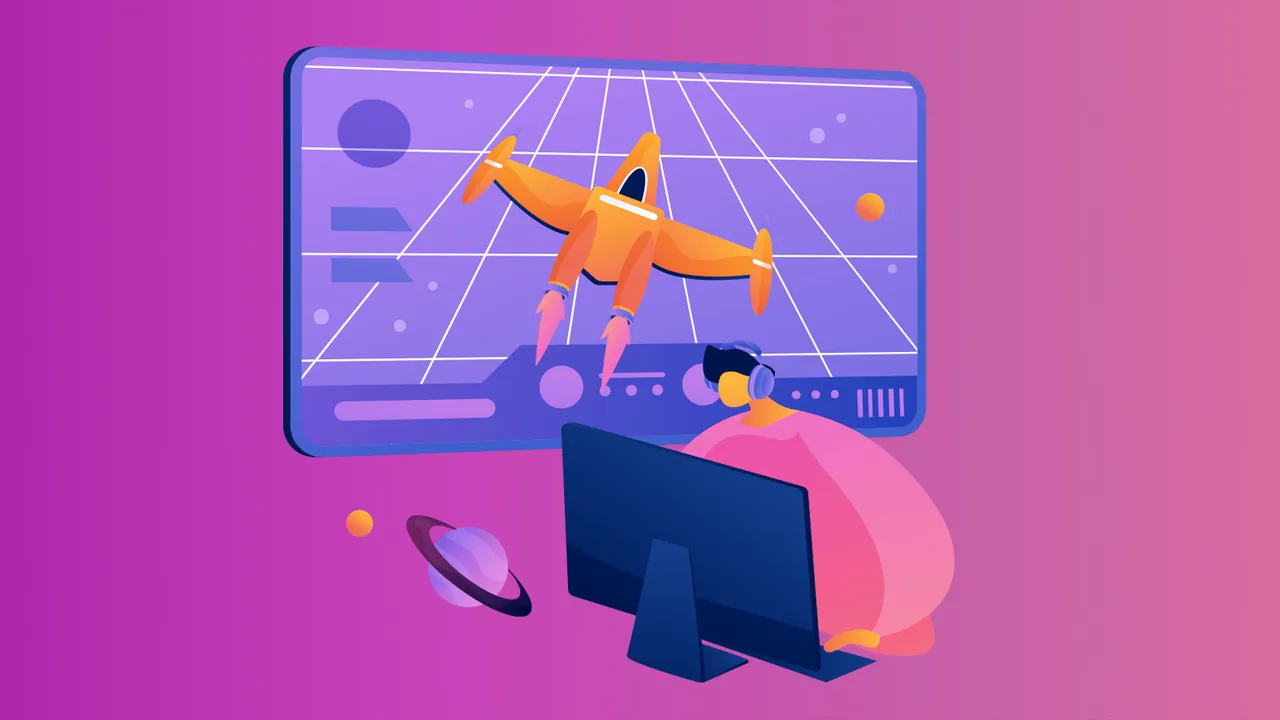 Game Development Jobs in the Video Game Industry: An Overview
Game Development Jobs in the Video Game Industry: An Overview